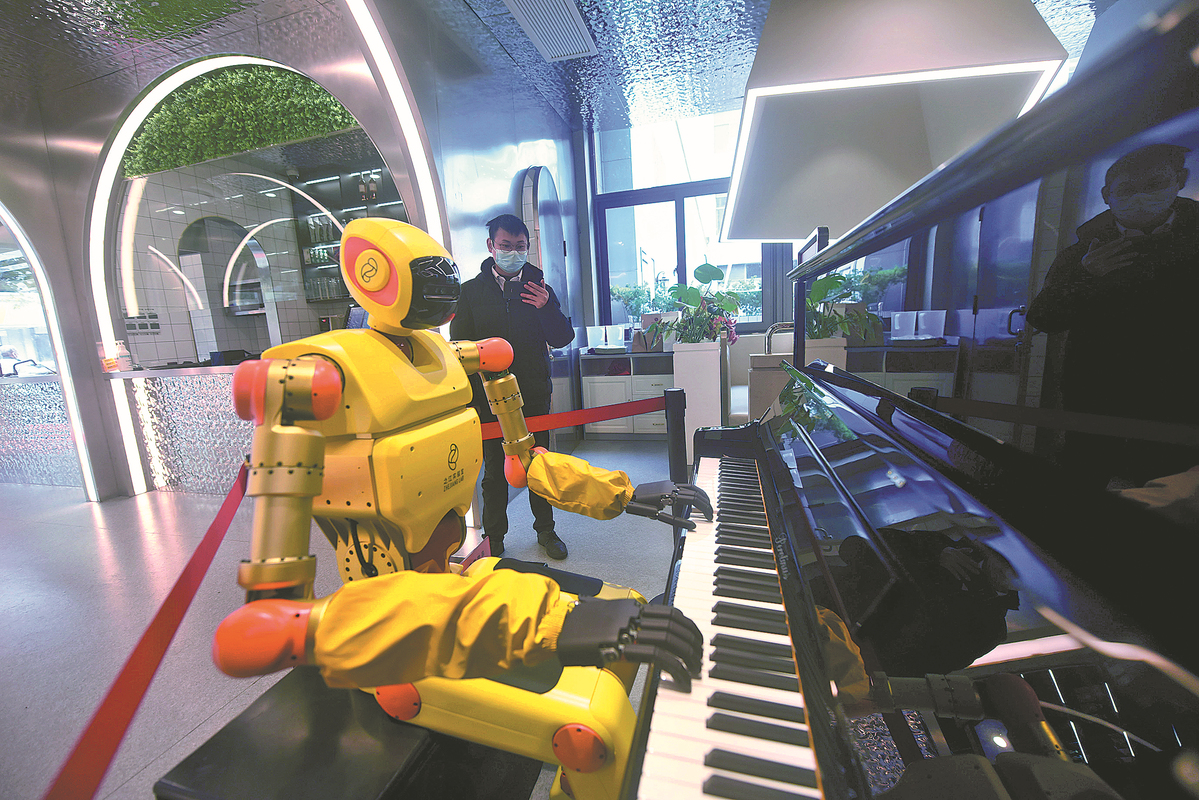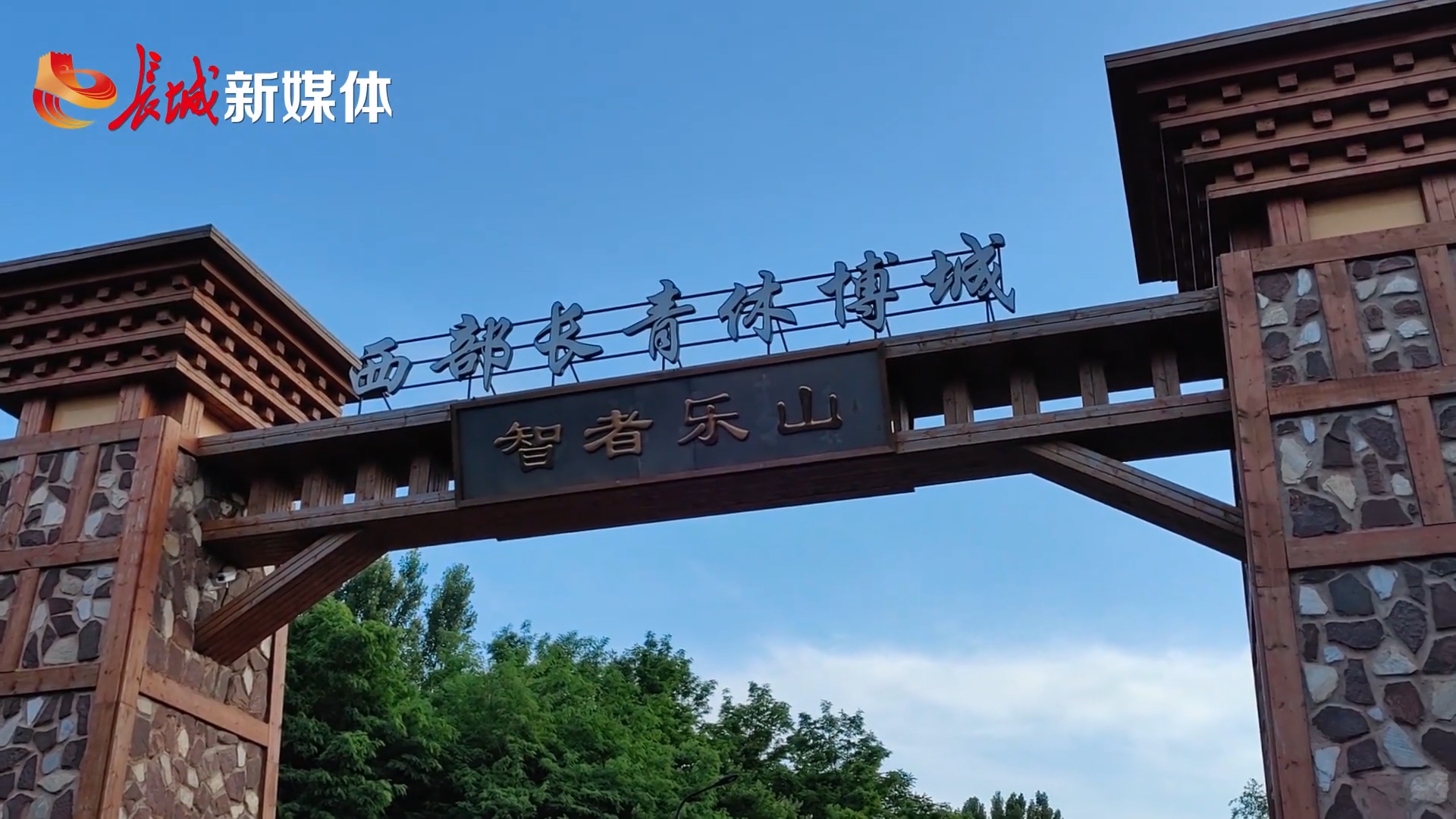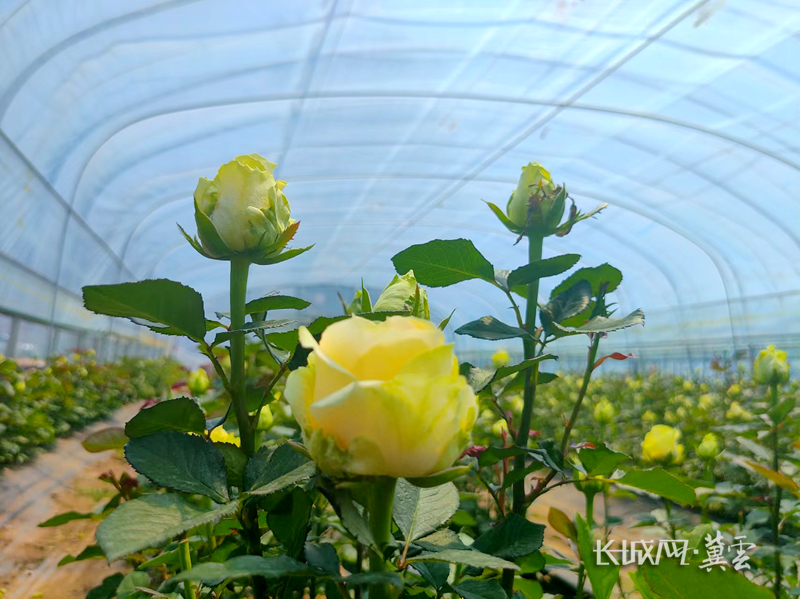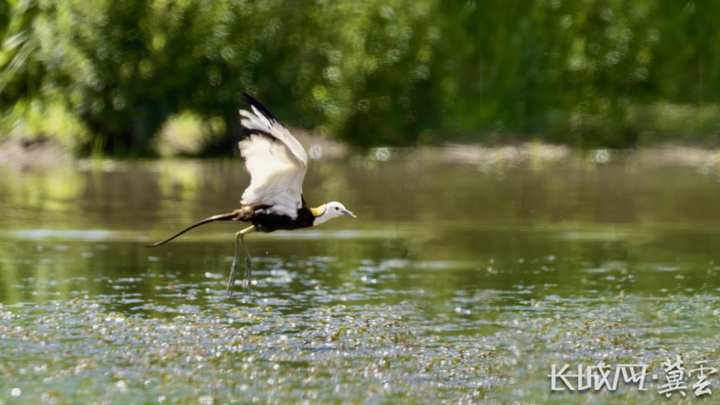
An AI-enabled robot plays piano at a restaurant in Hangzhou, Zhejiang province. (Photo by Long Wei/For China Daily)
Strategic emerging fields, upgrade of traditional industries will get attention
China will raise the proportion of new investment in the manufacturing industry to 13 percent this year through its centrally administrated State-owned enterprises, while lifting the share of strategic emerging industries layout by more than 2 percentage points, said the country's top State assets regulator.
Zhang Yuzhuo, chairman of the State-owned Assets Supervision and Administration Commission of the State Council, or the SASAC, said China will step up efforts to lay out new projects in the fields of new-generation information technology, artificial intelligence, biotechnology, new energy, new materials and green environmental protection this year.
In an article published by Study Times, a journal of the Party School of the Central Committee of the Communist Party of China, or the National Academy of Governance, on Friday, Zhang said the government will also strengthen the industrial distribution of high-end manufacturing businesses, such as aerospace, rail transportation, offshore engineering, intelligent equipment and semiconductor chips.
He said China will speed up the transformation and upgrade of traditional industries. It will formulate guidelines for the adjustment of the layout structure of key industries, and raise the proportion of central SOEs in key sectors related to national security, economy and people's livelihood by at least 1 percentage point this year.
More than 70 percent of the operating revenues of central SOEs to date are related to national security, economy and people's livelihoods, government data showed.
Zhang said that professional integration will be promoted in the fields of equipment manufacturing, inspection and testing, pharmaceuticals and healthcare, mineral resources, engineering contracting, coal power and clean energy in select central SOEs in 2023, so as to effectively reinforce their competitiveness.
After the government implemented a three-year action plan for SOE reform in 2020, and issued a mobilization order for deepening this reform, the net profits of central SOEs rose by nearly 36 percent to 1.9 trillion yuan ($276.26 billion) in 2022 from the level seen in 2020, SASAC data showed.
The action plan was preceded by decades of efforts to transform SOEs into competitive and modern enterprises. With the government announcing that all major tasks in the action plan were completed in early January, China's SOEs have become leaner and healthier. Their system to encourage technological innovation has also been improved.
In addition to expanding effective investment by focusing on key projects such as "new infrastructure", new urbanization, transportation and water conservancy, the government will support SOEs to strengthen market research, optimize and adjust business strategies and product structure in a timely manner, and cultivate and strengthen new scenarios for consumption, Zhang said.
"These moves will push for further reform of the SOEs to improve their export volume, core competitiveness and functions this year," said Liu Xingguo, a researcher at the Beijing-based China Enterprise Confederation.
Reform helped CRRC Tangshan Co Ltd, a Hebei province-based subsidiary of Beijing-headquartered China Railway Rolling Stock Corp, to deliver a new type of subway train to its client Porto Metro Co in Porto, Portugal, earlier this month.
A total of 18 such urban trains will be delivered to Porto from China. They are expected to boost passenger capacity of the city's metro system, said the Chinese train maker.
Four trains are scheduled to be sent to Porto in April with the first one to be put into operation in May after testing.
The productivity of central SOEs grew steadily in 2022, with the annualized overall labor productivity reaching about 763,000 yuan per person, up 8.7 percent year-on-year. Their investment in research and development continued to grow with a year-on-year rise of 9.8 percent, according to the SASAC.
They contributed 2.8 trillion yuan in taxes and fees last year, up 19.3 percent year-on-year.
Editor: Li Wenpei






